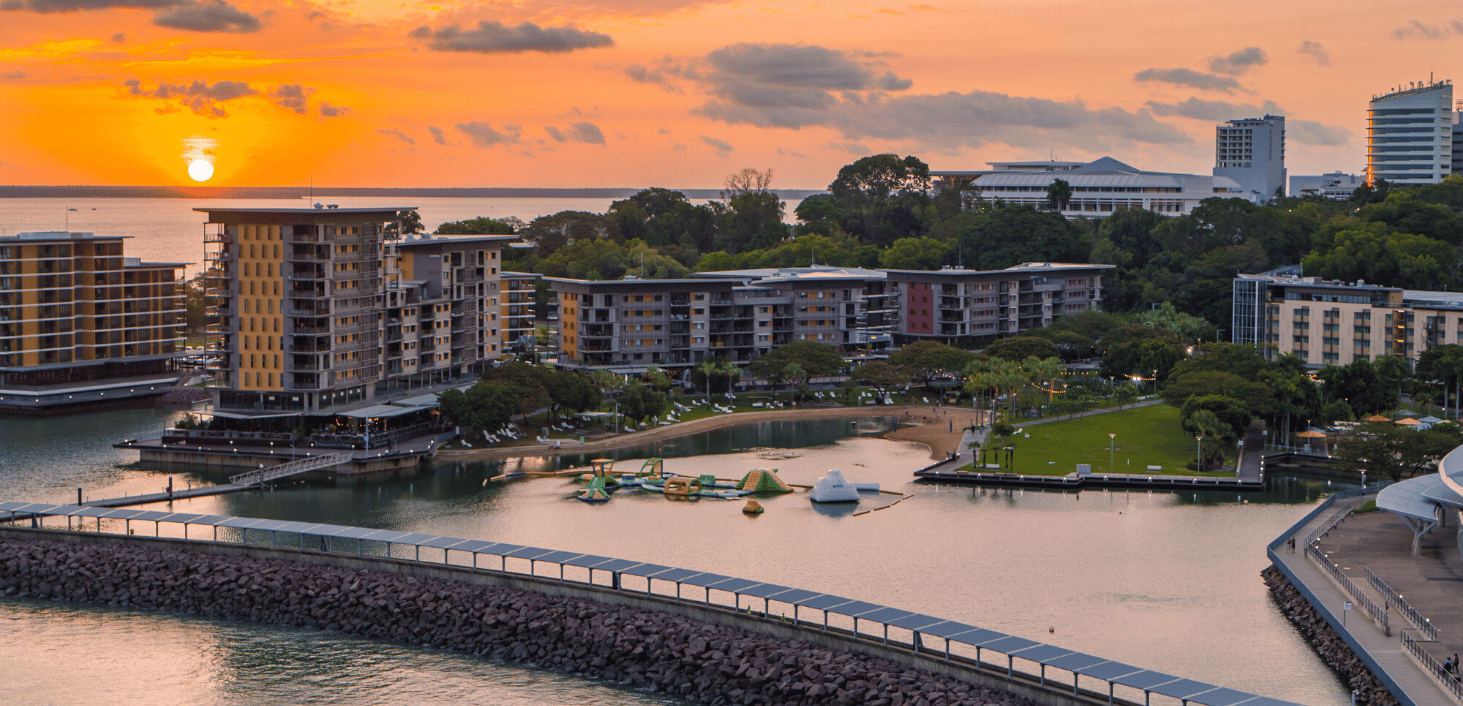Darwin (Garramilla), the capital city of the Northern Territory of Australia, is often referred to as the “front door of Australia” due to its strategic location at the northernmost point of the country. The city is located closer to Southeast Asia than it is to some of Australia’s major cities such as Sydney and Melbourne, and as a result, it serves as a key logistical gateway between Australia and the Asia-Pacific region.
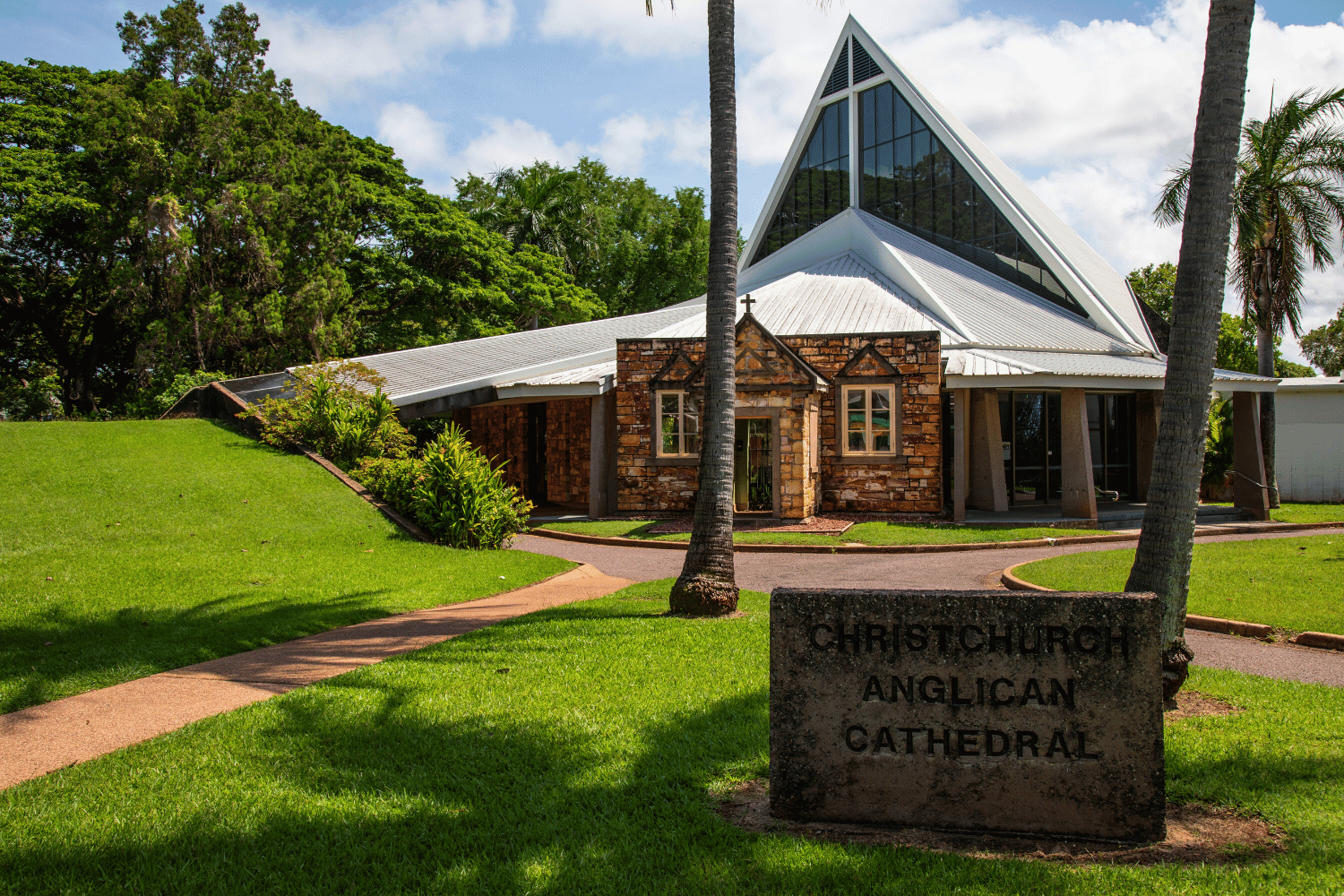
Built on a series of cliffs that overlook the Timor Sea, the city features unique landscapes, a diverse multicultural population, a significant Aboriginal cultural presence and modern infrastructure. Darwin offers a range of benefits to filmmakers.

Over the years Darwin has proved a popular filming location with productions including romantic comedy Top End Wedding (2019), the Australian Baz Luhrmann epic Australia (2008) and Robert Connolly’s thriller Balibo (2009) in which Darwin doubled for East Timor.
Locations
Darwin’s breathtaking natural beauty is one of the key reasons to choose it as a location for filming. The city is home to a range of unique landscapes, from the rugged coastlines of the Northern Territory to the lush tropical forests of the Top End. The proximity of these locations provide filmmakers with a wealth of opportunities to capture magnificent shots that would be difficult to find elsewhere.
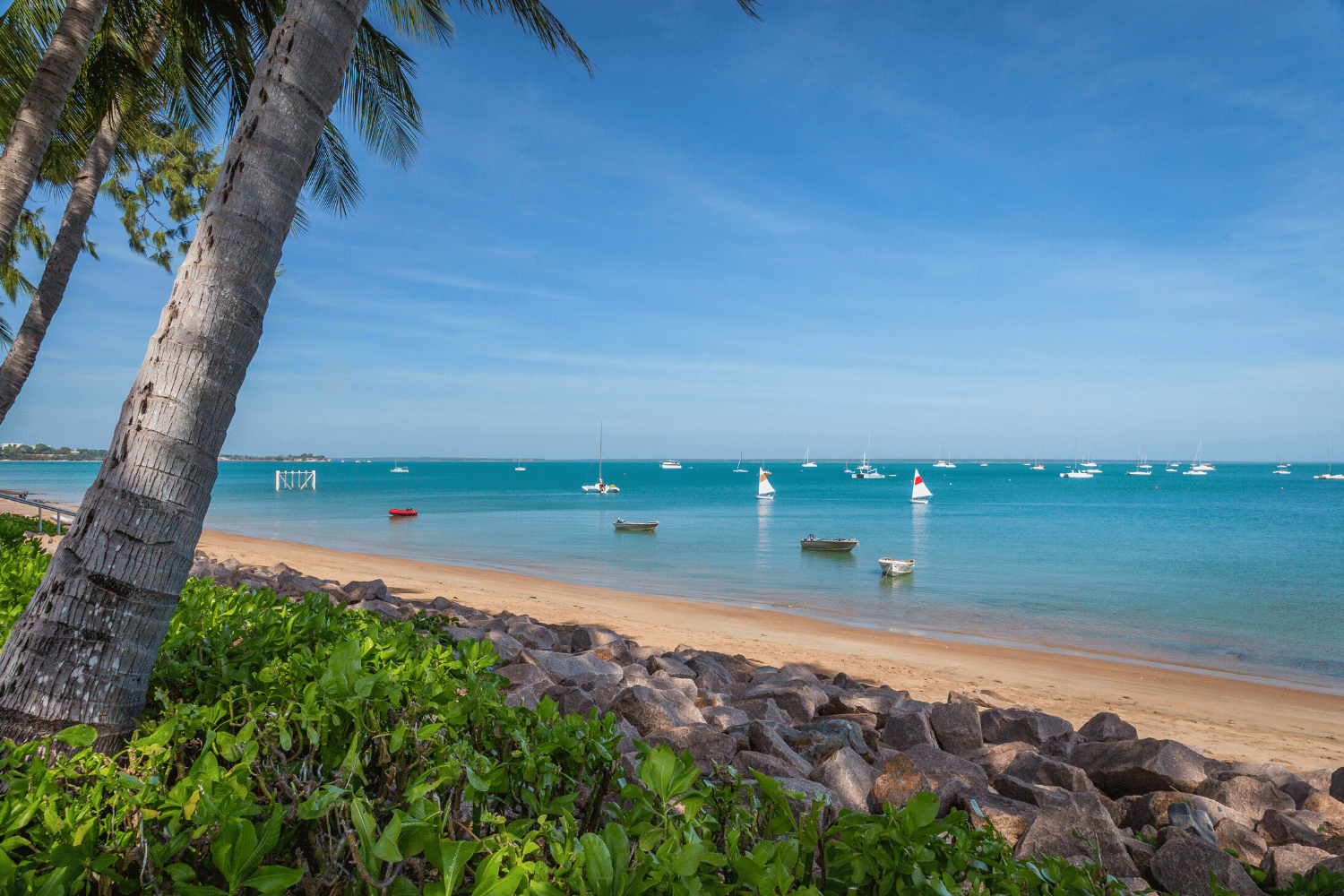
One of the most significant landmarks in Darwin is the Northern Territory Parliament House, which was built in 1994 and is located in the very heart of the city. The building is designed in a post-modern style that reflects the city’s unique character and serves as the seat of government for the Northern Territory.

Darwin features architectural styles which reflect the city’s diverse multi-cultural heritage and history. Many buildings in the city feature a distinctive tropical style, which includes high-pitched roofs, verandas, and wide eaves to protect against the hot, humid climate. Other buildings showcase a range of influences, from Art Deco to brutalist modernism, reflecting the city’s ongoing development and evolution; particularly after Cyclone Tracy in 1974.



The Darwin Harbour is a constant element as the harbour is six times larger than Sydney Harbour and extremely tidal with 8 metre tides. The vastness of the harbour means that Darwin itself features a range of different locales and suburbs each with their own distinct feel and look as they stretch along the coast line and further inland.
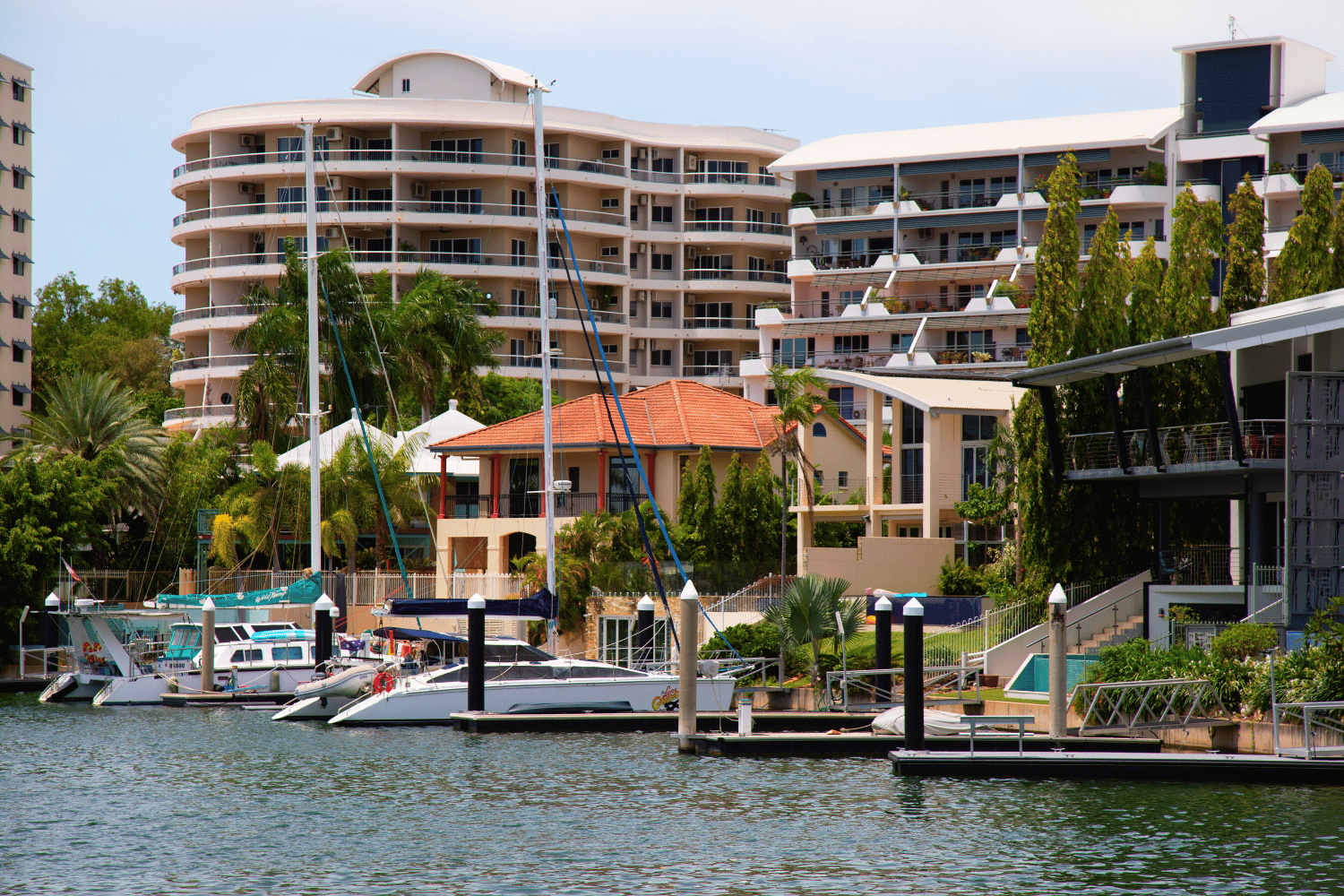
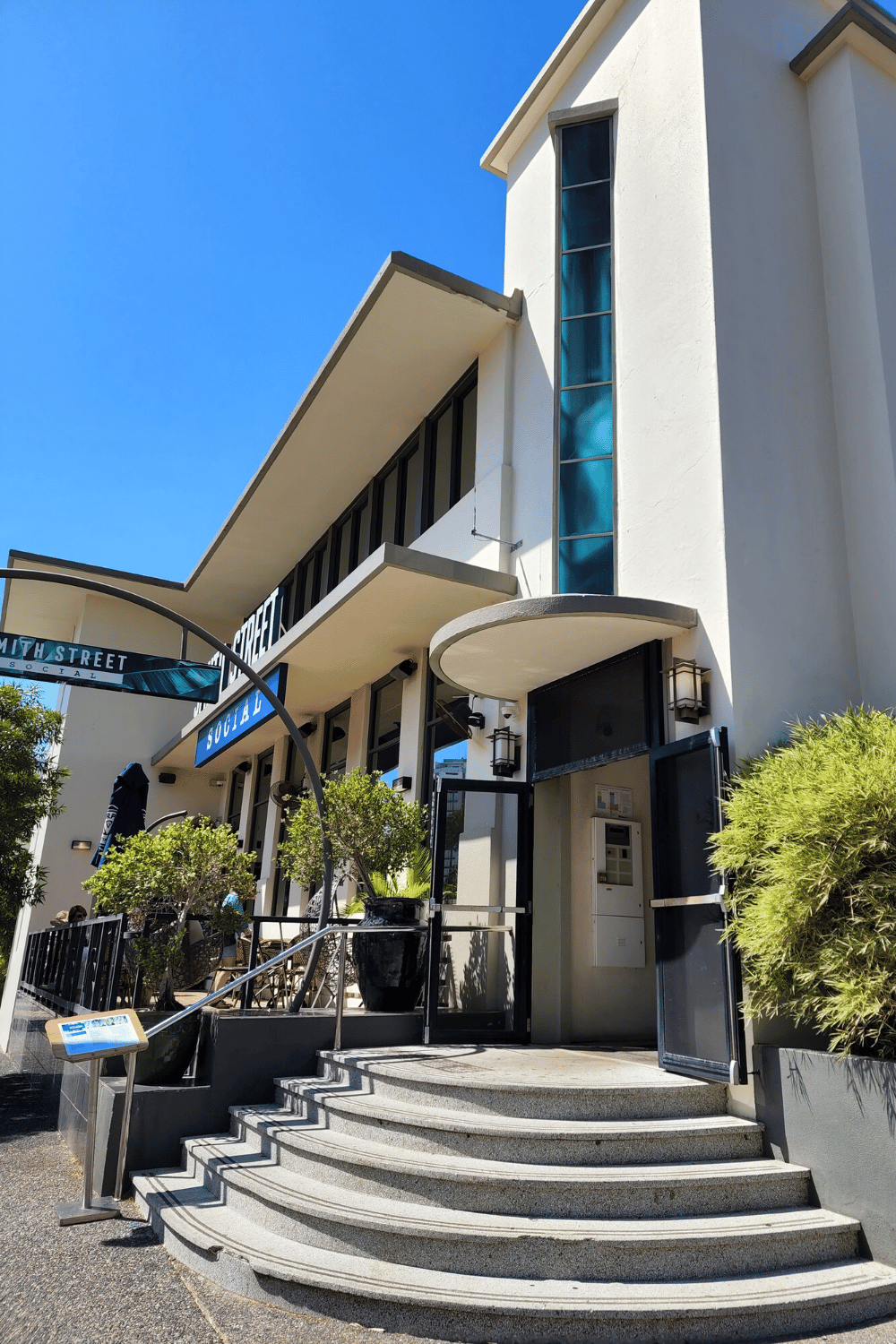
Other popular locations within easy reach of Darwin include Litchfield National Park – a stunning natural reserve located just an hour’s drive from Darwin, featuring a range of waterfalls and swimming holes; the Tiwi Islands – two large islands and several smaller ones located off the coast of Darwin; and the Mary River Wetlands – a biodiverse and expansive wetland system located just a short drive from Darwin that holds the largest population of saltwater crocodiles in Australia.

Transport Proximity to Asia
Another major advantage of filming in Darwin is its proximity to Asia. With an international airport that operates without a curfew, the city is located just a few hours flight from some of the region’s largest cities, including Singapore, Jakarta, and Kuala Lumpur, making it an ideal location for productions with an international cast and crew.
The city also offers easy access to a range of more regional locations throughout Asia, including Bali, Thailand, and the Philippines. This makes it an ideal base for productions that may require 2nd Unit shooting in multiple locations throughout the South East Asian region.

Unspoiled Nature
The Top End of the Northern Territory, including Darwin, has a population density of around 0.2 people per square kilometre, similar to that of Alaska. This low population density makes the Darwin region an ideal location for historical, genre, or sci-fi projects that require an unspoiled, natural setting without human interference, allowing for a more authentic filming experience and reducing the need for VFX work. The spectacular nature and vast landscapes of the Darwin region were recently featured in the Netflix smash hit show Wild Croc Territory (2022).
